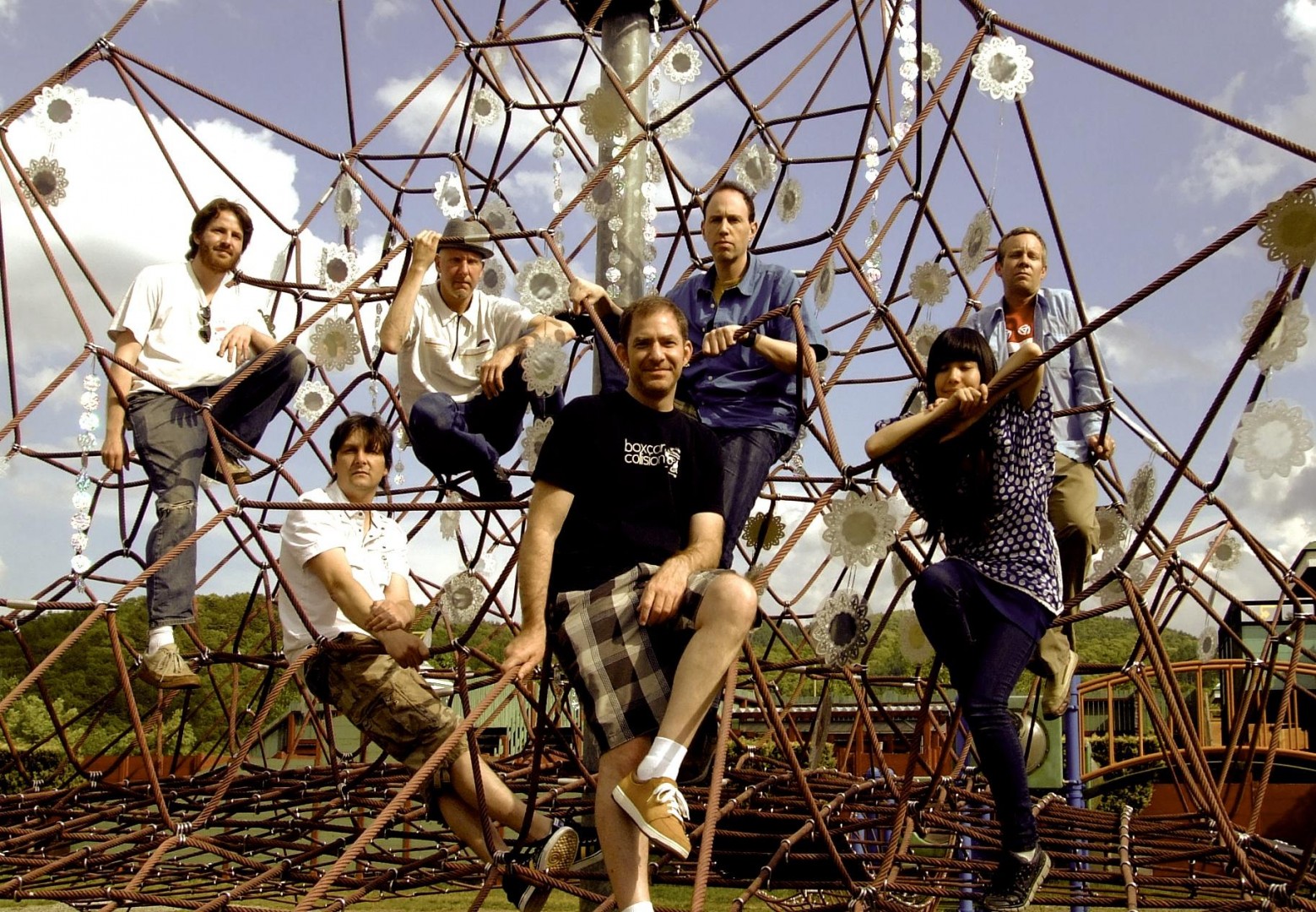
Candela, the eighth studio effort of the genre-defying band Mice Parade, is an intimate experimentation with multi-cultural sounds. Over the course of 10 tracks, the album gives you the sense you’re listening to the band practice in a garage—many of the songs feel unfinished, more stream of consciousness than a coherent whole. Unfortunately, all this amounts to is a waste of potential.
The first hint of front man Adam Pierce’s eclectic taste comes in opening track “Listen Hear Glide Dear,” a flamenco-inspired tune. The vocals are quiet and underwhelming, overpowered instead by background noise and guitars. The tinkling melody of “Currents,” the second track, conjures visions of a child’s music box and similar to “Listen Hear,” the background noise overwhelms the lyrics. The vocals seem to accompany sounds rather than melody and lyrics seem almost an afterthought on the opening tracks.
By track three, the album gains its voice and begins to grow in confidence. Fittingly entitled “The River Has a Tide,” the song flows smoothly; the beat is strong and adds layers of chant-like, rhythmic singing—a combination that makes it perhaps the best song on the album.
“Pretending,” the fourth track, continues the upbeat mood but with a more acoustic sound. Mixing fast and slow tempos, “Pretending” experiments with layering the voices of multiple singers to build dramatic tension. For the first time in this release, Mice Parade knows what it’s doing and is confident in its own momentum.
Placed halfway through the album is “The Chill House.” A harp is the standout instrument and the song stands as more of a sleepy interlude than a transition between first and second halves of the album. “Chill House” is immediately followed up by the titular track, “Candela.” It is not clear exactly what instrument is being used—perhaps a wooden drum—but either way, the strong thumping beat is combined with vocals that seem emotionally intense and sincere. It is a fitting choice for an album title, as “Candela” is another of the strongest tracks on the record.
The winning streak continues with “Look See Dream Me.” With a sound reminiscent of technopop, Mice Parade makes this instrumental tune interesting enough to keep your head bobbing along to the beat. The band seems to have evolved from the first track, when sounds were frenetic and unfocused; by the seventh song, the band has achieved fusion.
Unfortunately, just as Mice Parade seemed to be getting things right, Candela slips back with song eight, “Gente Intersante.” Although it begins strongly enough with a solid drum beat, the doll-like female vocals seem out of place and comically “mouse-like” for a band named Mice Parade. The mariachi-band style seems out of balance, as if the band has lost direction.
By the album’s penultimate track, “Contessa,” the whole album begins to blend together like one continuous song. The song seems to be rehashing the experimentation of the previous tracks, making it sleepy and boring.
Thankfully, the final track, “Warm Hand in Narnia,” has nothing in common with the songs before it. In a huge departure from the nine tracks before, the tenth is a pleading, romantic ballad. The beat is mellow and as the song becomes more upbeat near the end the album ends literally with a “bang.”
It is evident from the final track “Warm Hand in Narnia,” as well as standouts “The River Has a Tide,” “Pretending” and “Candela” that Mice Parade knows how to make beautiful and interesting music. Overall, however, this album lacks unity and comes across more like a sophomore effort than a senior work. In the end, too many of the songs are lost to experimentation.











